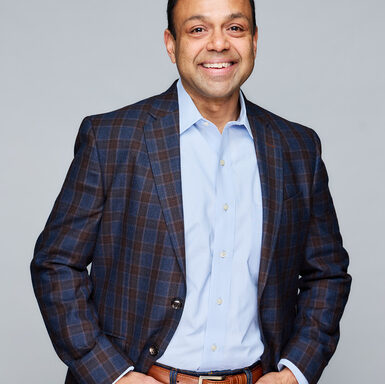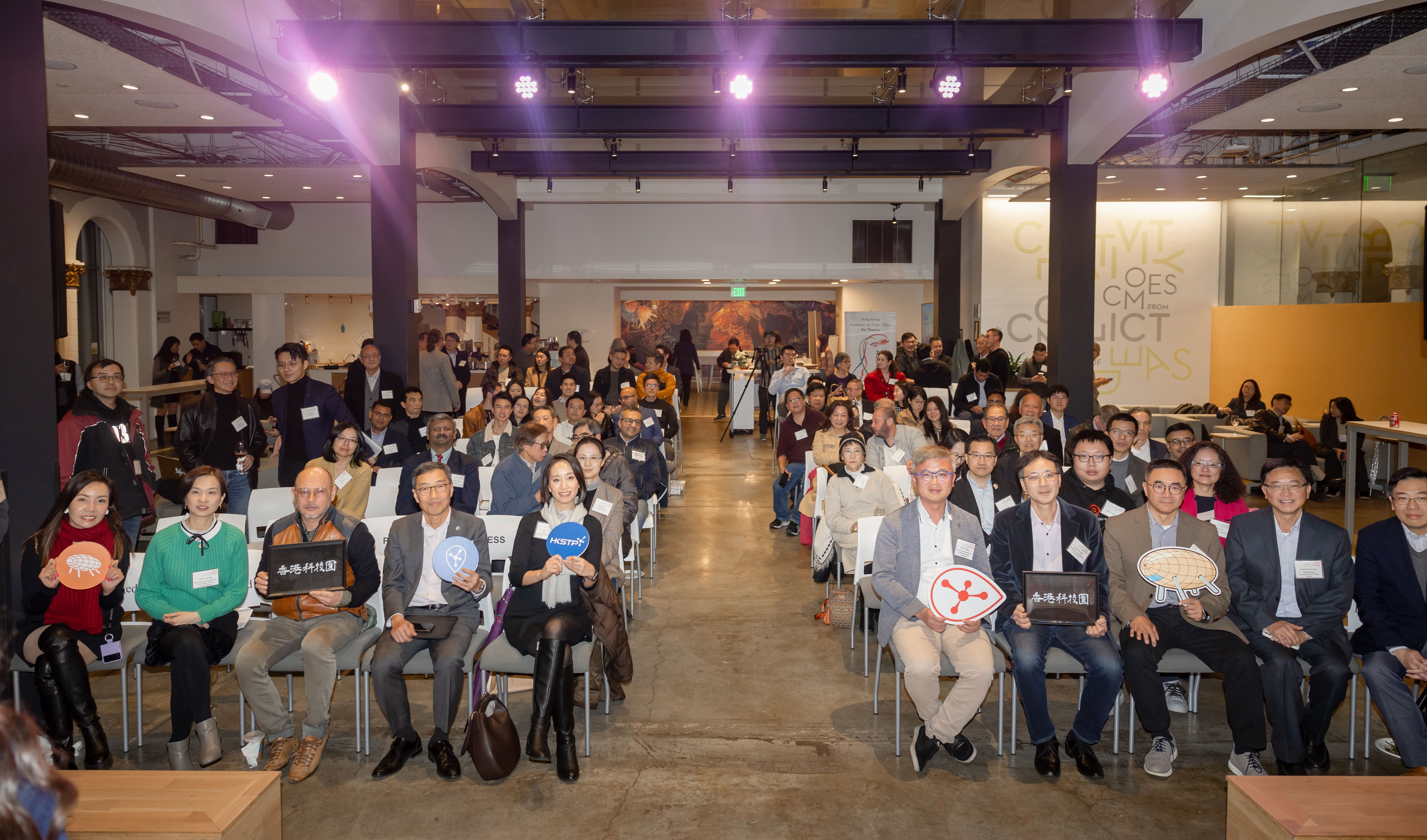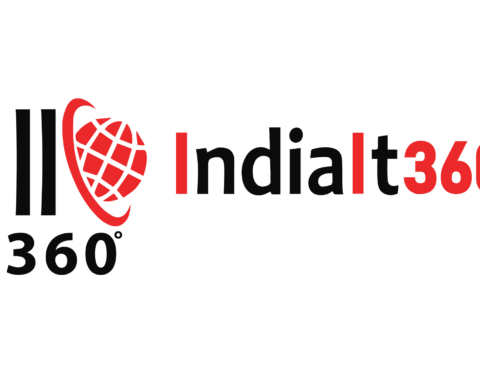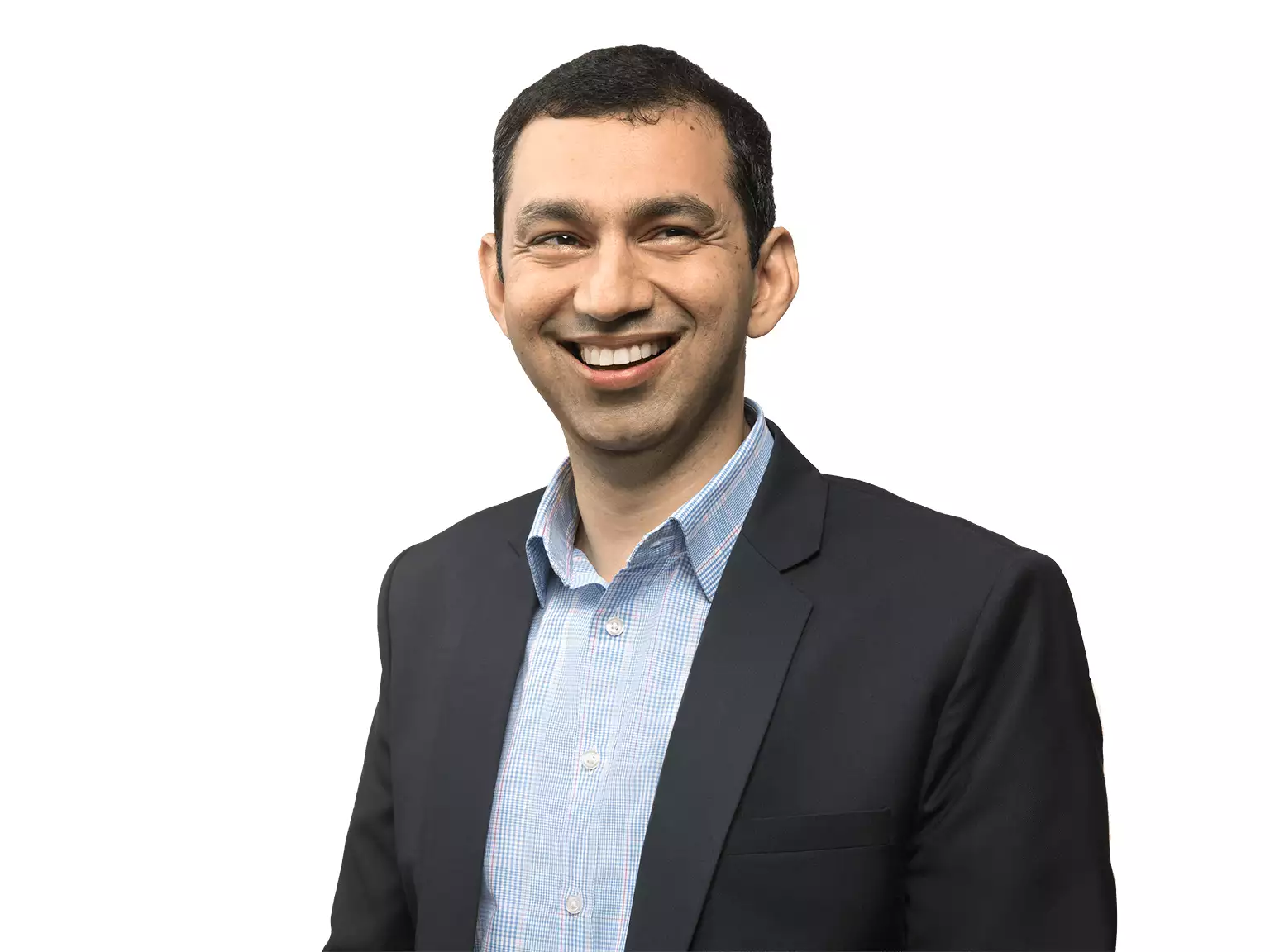-
Demand for electronics is estimated to reach US$400 billion by 2020, while the production is expected to grow around US$100 billion by the same year
-
50 mobile manufacturing units setup in the last 10 months, 20,000 jobs have been created and 9 mn mobile phones per month capacity built in India
-
159 ESDM production units established in India in 2015 and technology sector expected to be $1 Tn opportunity in India in the next 5-7 years
India Electronics and Semiconductor Association (IESA), the premier trade body, representing the Indian  Electronic System Design and Manufacturing (ESDM), today commenced IESA Vision Summit 2016, its annual industry leadership conclave, with a commitment to evolve the ESDM industry into a $400B ‘Make in India’ opportunity. The Summit theme “Indian Semiconductor & ESDM Ecosystem: Scaling up for $400B Make in India Opportunity” recognises the need to elevate focus on the immediate opportunities in the indigenous ESDM landscape.
Electronic System Design and Manufacturing (ESDM), today commenced IESA Vision Summit 2016, its annual industry leadership conclave, with a commitment to evolve the ESDM industry into a $400B ‘Make in India’ opportunity. The Summit theme “Indian Semiconductor & ESDM Ecosystem: Scaling up for $400B Make in India Opportunity” recognises the need to elevate focus on the immediate opportunities in the indigenous ESDM landscape.
The proceedings were presided over by Dr. Ajay Kumar, Additional Secretary, DeitY, Govt. of India along with Dr. Omkar Rai, Director General, STPI, Govt. of India and Shri RK Misra, Founder Director, Centre for Smart Cities.
During his speech, Dr. Ajay Kumar, Additional Secretary, DeitY. Govt of India said, “It is the easiest time in Indian history to start and grow a company in India and the government is keen on involving tech and ESDM sector in order to spur the ecosystem. Digital India will provide more impetus to the Electronics sector in India. Between December 2014 and December 2015, India added 100 mn internet users, more than any other country in the world. India achieved its first 100 million internet users in 15 years. There were 159 ESDM production units established in India last year and the technology sector is expected to be $1 Tn opportunity in India in the next 5-7 years – $400 Bn of hardware, $350 Bn of Software and $250 Bn of Telecom and IoT. The tech sector could potentially contribute 25% of India’s GDP.”
“There is a huge opportunity for innovation with Local languages. We cannot scale any technology products and solutions if the devices and services are not talking to 1.25 Bn people in their local languages. Govt. has released a draft policy for supporting local languages and making machine-translation into local languages a reality in India,” he added.
Also commenting on the occasion, Dr. Ajay Kumar added, “We have seen 50 mobile manufacturing units setup in the last 10 months, 20,000 jobs have been created and 9 mn mobile phones per month capacity built in India. Electronic Development Fund and Innovation Fund are two different funds to help accelerate electronics manufacturing and innovations in the country and both are operational. EDF is managed by Canara Bank Venture Fund, while IF is managed by SIDBI. The government has allowed 100% FDI in Medical Electronics, 49% FDI in defence (higher on a case-to-case basis) to bring momentum in indigenous electronics manufacturing,”
Delivering the theme address Nicholas Brathwaite, Founding Partner, Riverwood Capital, a globally-renowned private equity firm which has shown immense interest in India’s ESDM startups, said “We are on the edge of hardware revolution and it’s going to be more complicated than the app revolution. ‘Make in India’ is a broad vision but the agenda should be ‘Make FOR India’ with focus on Indian priorities. The ecosystem needs to drive affordability, low power and spectrum consumption, and explore expertise and entrepreneurial skills available in the country. However, ‘Make in India’ should not just focus on catering to local Indian market and reducing imports but should have a global outlook. We will have a number of electronics hardware companies from India in the next 10-15 years. Competition will come from global companies and not just local companies. And, these companies will have Indian personnel, just like most of the tech companies in Silicon Valley have at least one Indian in the senior management.”
“India should invite global talent to come, participate in the India’s growth story. These individuals will bring global understanding, competitive ability and scalability potential. India has achieved excellence in improving the productivity of skilled workforce and now, it’s time for the nation to replicate this for unskilled workforce. We are living in the era of “fast eating the slow” and speed matters in this rapidly changing global environment,” concluded Nicholas Brathwaite.
The 11th edition of IESA Vision Summit has received participation from the Government of India and witnessed the highest ever participation from State governments, with representation from Karnataka, Kerala, Telangana, Madhya Pradesh, Odisha, Haryana and Uttar Pradesh.
“Last year witnessed India’s Electronics System Design & Manufacturing (ESDM) aspirations gaining wide visibility world over, driven by the forecast of $400B local electronics consumption. The aggressive ‘Make in India’ push internationally has helped the Indian ESDM ecosystem to elevate its agenda from conviction to action, thereby bringing stronger interest in investment into the nation with a strong focus on domestic manufacturing, indigenous design, innovation, creation of IP assets,” said Vinay Shenoy, Chairman, IESA.
The Digital India & Start-up India initiatives gained further momentum, along with efforts to improve skills across the various segments – from PhDs to shop floor workers, all of which are essential for Innovation-Engineering-Manufacturing of Electronics in India,” he added.
The Vision Summit 2015 theme was “Make in India: Vision to Reality” and focussed on the need for accelerating investment promotions, international alliances, start-up ecosystem and policy implementation to strengthen India’s contributions in Design-led Electronics Manufacturing. Since
then, IESA has spearheaded many international delegations, formed international alliances, partnered with central and state governments on policy formation and recommendation, and has taken a slew of measures to strengthen the ESDM start-up ecosystem.
M. N. Vidyashankar, President, IESA said, “Investment in the electronics manufacturing sector has jumped over six-fold to reach Rs 1.14 lakh crore in 2015, and this re-established the need for initiating dialogues to seize the$400B ‘Make in India’ opportunity. With aggressive engagement from government, industry bodies and industry, we have witnessed the transition of India as a Global manufacturing destination. The involvement of various state governments are noteworthy as they have utilized their edge on natural resources, infrastructure and offered multiple levels of benefits in driving domestic electronics manufacturing to help the nation in achieving the status of an ESDM powerhouse.”
“ESDM startups are key to India’s $400B ‘Make in India’ opportunity. IESA would focus on creation of more and more startups and will provide them with platforms to establish themselves in the ESDM ecosystem,” added Mr. Vidyashankar.
Sri Sri Ravi Shankar, Founder, The Art of Living, will present the prestigious IESA Technovation Awards 2015 for excellence in Electronics System Design and Manufacturing across various categories. The
platform has provided an opportunity to the finalists to make their product pitches to the investors and prominent industry thought leaders.
Moreover, IESA, with support from Department of Electronics and Information Technology (DeitY), has conducted a half day workshop, with government representatives, industry veterans and academia expounding on various aspects of intellectual property rights such as IPR protection, commercialization and patent filing procedures. A boot camp for start-ups was organised on how to apply for DeitY Support for Patent Protection in ESDM and on patent filing procedures and related strategies.








